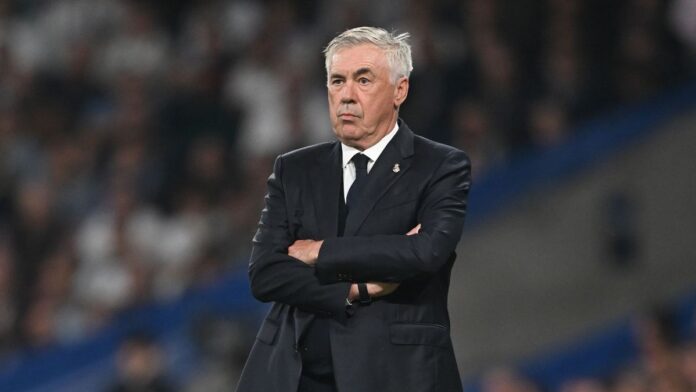Spain and England file out Sunday at the Olympiastadion in Germany in the final of this year’s Euro Championship.
Join our WhatsApp ChannelSpain three time winners are eying their fourth title while England back to back finalists are in search of their first title.
The match promises to be full of action considering that both teams boast of young players who are ready to go all the way and ready to spring surprises.
Sixteen year old Lamine Yamal who has been super impressive in the tournament will be hoping to complete his history making runs with victory and the trophy in the kitty.
England on the hand, are desperate to have this trophy this time. After playing in the final in 2020 losing to Italy another final is here for the Three Lions to attempt to turn the table.
With the likes of Bukayo Saka and Jude Bellingham who have been pacy so far, it will be interesting to see who survives the battle even as the King of England has begged the team to try and seal victory within regulation time, as extra time and penalties are not best of entertainment for anyone.
Meanwhile both teams will be playing Sunday final in an imposing Stadium with dark history. Built for the 1936 Olympic Games, Berlin’s Olympic stadium still bears the scars of World War II and contains relics from its Nazi past.
READ ALSO Settled: England To Battle Spain In Euro Final Sunday In Berlin
But the Olympiastadion, as it’s known in German, is also associated with the rebirth of a democratic Germany after the war. It hosted matches during the 1974 World Cup in what was then West Germany and again at the 2006 World Cup, 16 years after German reunification.
Adolf Hitler Touch In Stadium Design
Adolf Hitler was personally involved in the design and construction of the 100,000-seat track-and-field stadium after the Nazis assumed power in 1933, two years after Germany had been awarded the 1936 Games.
Initially unenthused by the idea of hosting the Games, the Nazi dictator changed his mind after being convinced of their potential for propaganda.
Plans to remodel the existing national stadium were quickly scrapped in favor of constructing a whole new sports complex, the Reich Sports Field, on the same site. Werner March is credited as the architect of Olympiastadion.
Drawing inspiration from the Colosseum in Rome, the stadium was designed to impress. The Olympic Square in front of the main entrance is tapered, with flagpoles and lines of trees on either side heightening the sense of perspective. The idea was to increase the dramatic effect, raising visitors’ expectations and making them feel part of the event.
Julius Okorie is Chief Sports and Entertainment Correspondent for Prime Business Africa. He began his journalism career with the Champion Newspaper and Sporting Champion and later moved on to Daily Independent and the Nation Newspapers. Okorie joined Prime Business Africa in 2024 bringing on board 20 years of experience in writing investigative news on Sports and Entertainment. His well researched and highly informative articles on Sports Business and general entertainment are followed by a wide range of audience.



















Follow Us